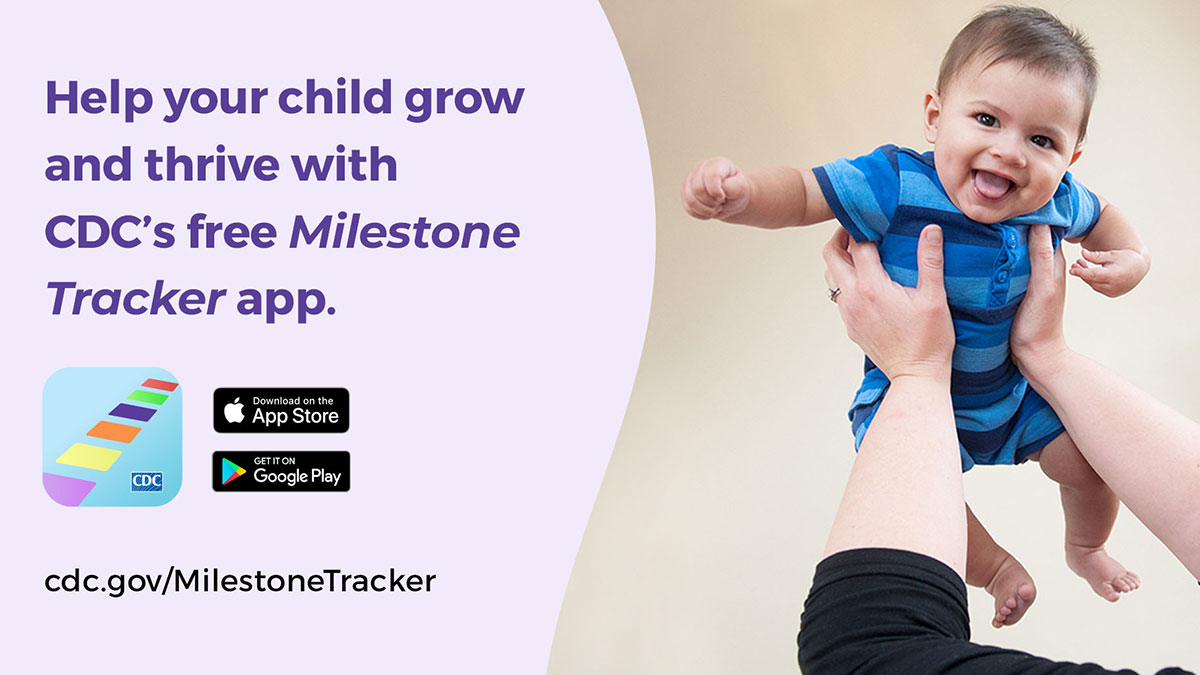What to know
April is Autism Acceptance Month. Join us as we raise awareness and promote autism acceptance. Working together, we can support young families as well as children and youth with autism, helping each individual reach their full potential.

Partner with CDC
Join us in celebrating Autism Acceptance Month in April by using your voice and platforms to spread the messages of acceptance, inclusion, and helping connect people to support services—and to one another. This partner toolkit provides free resources, including links to educational materials on autism. You can share these resources with your friends, family, colleagues, and partners. Examples of how to get involved include:
- Posting autism acceptance messages and using the hashtags #AutismAcceptanceMonth and #AutismAwareness on social media.
- Sharing digital content, web features, and materials online.
- Using the sample articles to share autism information with communities and healthcare providers in newsletters, emails, and other partner communications.
- Educating parents, educators, and healthcare providers at meetings, health fairs, conferences, and other events.
Support Youth with Autism as They Transition to Adulthood
CDC's Autism and Developmental Disabilities Monitoring (ADDM) Network is the only collaborative network to track the number and characteristics of children with autism in multiple communities in the United States. CDC encourages partners to use information from the ADDM Network in their local communities and across the country to advance initiatives, systems, and research that help children and families with autism.
The ADDM Network has released a report looking at data collected in 2020 on 16-year-olds with autism. Scientists examined health status and educational services among youth with autism living in different states. CDC has expanded its monitoring of autism from young children to 16-year-olds to identify healthcare needs and to help individuals plan for adulthood.
Learn from CDC's Study to Explore Early Development (SEED)
CDC's Study to Explore Early Development (also known as SEED) was expanded in recent years to learn more about the health, functioning, and needs of people with autism and other developmental disabilities as they mature into adolescence and adulthood. The goal of CDC's SEED Follow-Up study is to better understand autism as children become adolescents and young adults. This information can be used to improve the health and functioning of individuals with autism as they mature.
Support Early Identification
Support early identification of developmental delays and disabilities, including autism, by promoting tools such as CDC's Milestone Tracker app. How a child plays, learns, speaks, acts, and moves offers important information about a child's development. You can play a vital role in early identification by encouraging families to track their child's development using tools like CDC's Milestone Tracker app from 2 months to 5 years of age.
If families have any concerns, the app can give them information in English or Spanish on things they can do next, such as talking with their child's doctor, sharing concerns, and asking about developmental screening. Acting early to best support children with autism can make a real difference.






